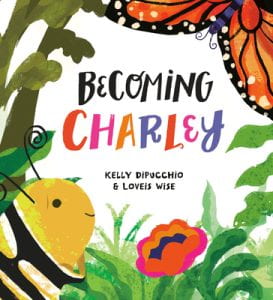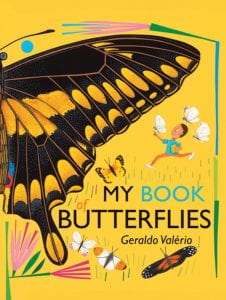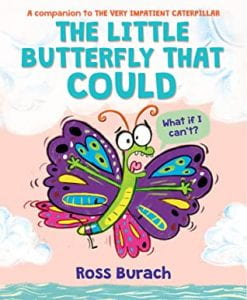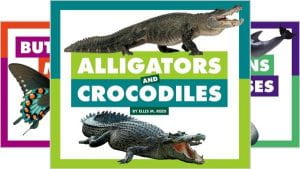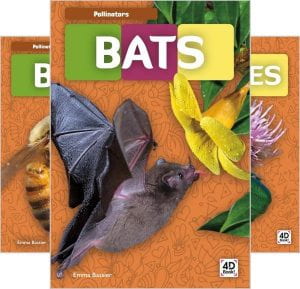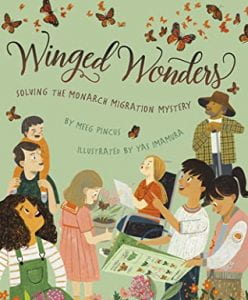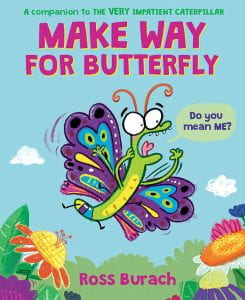 Burach, Ross. Make Way for Butterfly. Scholastic, 2023. 978-1-338-75263-2. Unpaged. $18.99. Grades PreK-3.
Burach, Ross. Make Way for Butterfly. Scholastic, 2023. 978-1-338-75263-2. Unpaged. $18.99. Grades PreK-3.
Make Way for Butterfly begins when Bee buzzes past Butterfly, who is relaxing on a flower. Curious, Butterfly asks Bee what they are doing, and launches into an explanation of pollination from Bee. The more Butterfly learns, the more desperate they become to be just like Bee. When Butterfly learns how Bee’s sticky hairs help with pollen collection, they break out the glue. When Butterfly learns about Bee’s pollen baskets, they attempt to create baskets of their own… and then comes the jet pack, and fuzz, and stingers, and stripes. In the end, Butterfly learns that, even without speed, fuzz, stingers, stripes, pollen baskets, and sticky hairs, their unique way of pollinating is very important to the ecosystem as well.
THOUGHTS: Make Way for Butterfly combines bright illustrations, scientific fact, and humor to tell a tale that will engage young readers and encourage multiple readings… and might just hook the adults that read to them, too. The science in the story is sound, and the message about being yourself evolves throughout the book without being heavy-handed. This a book young readers will love and seek on library shelves. Highly recommended.
Picture Book


